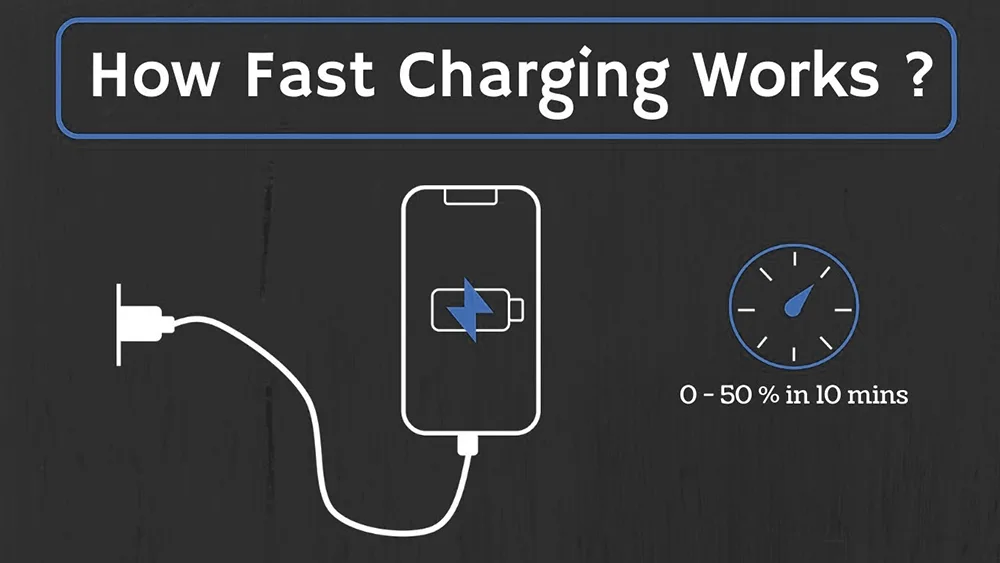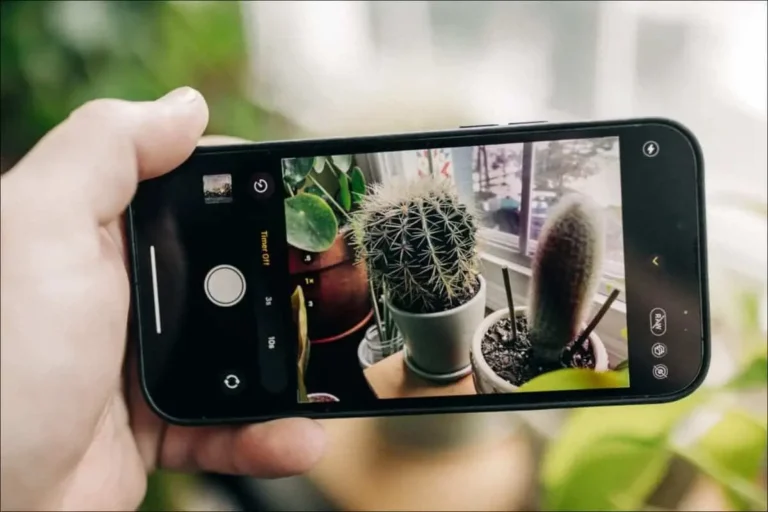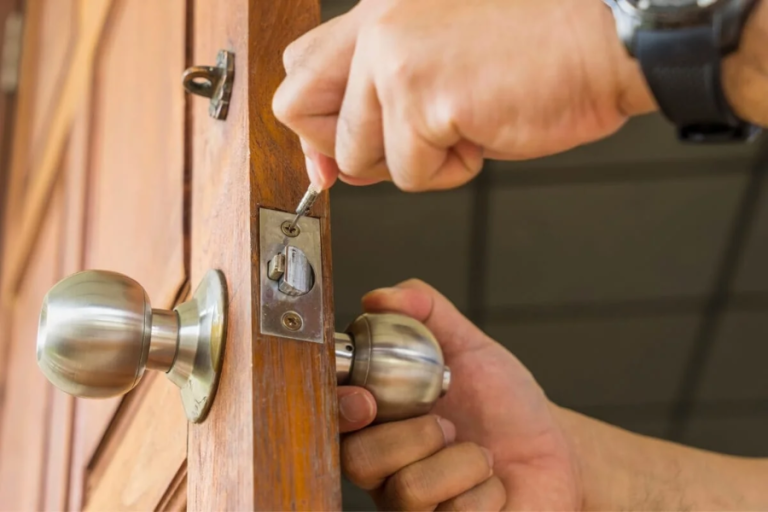Demystifying Fast Charging: Discovering the Appropriate Wattage for USB PD
Are you tired of waiting hours for your devices to charge? Do you find yourself constantly searching for the right charger with optimal wattage? Well, get ready to say goodbye to slow-charging frustrations because we’re here to demystify fast charging once and for all! We’ll explore USB Power Delivery (PD) in this blog post and assist you in determining the right wattage to quickly supercharge your devices. So grab a seat, and get ready to welcome a brand-new, lightning-fast charging era that will astound you!
Introduction to USB PD and Fast Charging
USB Power Delivery (PD) is an advanced charging technology that allows devices to charge at higher speeds, delivering more power than traditional USB chargers. The popularity of this universal fast-charging standard has grown along with the popularity of laptops, smartphones, and other electronic devices that need high-power battery charging.
The ability to charge a device significantly faster than with traditional methods is referred to as fast charging. Your device’s battery can be charged to 50% or even 80% capacity in a matter of minutes with fast charging. Because this technology offers a rapid fix for low battery levels, it has completely changed the way we use our devices.
Qualcomm first popularized the idea of fast charging in 2013 with the release of their Quick Charge technology. But it was only compatible with Qualcomm-powered gadgets.
To overcome this limitation and provide a universal standard for fast charging, the USB Implementers Forum (USB-IF) developed the USB PD standard in 2012.
Since then, many manufacturers have adopted USB PD as their preferred method of fast charging. It has now become the go-to option for most high-end smartphones and laptops.
How Does USB PD Work?
USB PD works by increasing the voltage and current supplied from the charger to the device. This means that more power can be delivered in less time compared to traditional chargers.
Understanding Wattage in USB PD
Understanding Wattage in USB PD (Power Delivery) is crucial for maximizing the fast charging capabilities of your devices. Wattage refers to the amount of power that can be transmitted from a power source, such as a wall adapter or power bank, to a device. In USB PD technology, wattage plays a significant role in determining the charging speed and compatibility between different devices.
The Basics of Wattage in USB PD:
USB Power Delivery is a relatively new fast charging technology that allows for higher voltage and current levels to be delivered through a USB-C port. This means that with the right combination of USB-C cables and adapters, you can charge your devices at much faster speeds than traditional USB chargers.
USB PD supports up to 100W of power, which is significantly more than the 12W offered by conventional USB chargers. This high wattage capacity makes it possible to quickly charge tablets, laptops, and other power-hungry devices in addition to smartphones.
Negotiated Power between Devices:
One essential feature of USB PD is its ability to negotiate power between two connected devices. This negotiation takes place between the device requesting power (sink) and the device providing it (source). The two devices communicate with each other through specific protocols to determine the appropriate wattage level for charging.
For example, if you connect your smartphone to a laptop using a compatible USB-C cable and charger, both devices will negotiate to determine how much power can be delivered safely.
The Different Wattages Available in USB PD 3.1
When it comes to fast charging technology, one of the most important factors to consider is the wattage. This refers to the amount of power that is delivered from the charger to your device. With USB Power Delivery (PD) 3.1, there are a variety of wattages available that can significantly impact the speed at which your devices charge.
There are several wattages that the USB PD 3.1 standard supports, ranging from 5 to 100 watts. Flexibility and compatibility with a wide range of devices, including laptops, tablets, smartphones, and even larger ones like monitors, are made possible by this wide range.
Let’s take a closer look at each of these wattages and how they affect charging speed:
1. 5 Watts: This is typically the minimum wattage supported by USB PD chargers and is commonly referred to as “standard charging”. It is suitable for small devices such as smartphones and Bluetooth earphones. While it may not be as fast as other higher-wattage options, it is still an efficient way to charge your devices without causing any damage.
2.15 Watts: This is often known as “fast charging” or “quick charging” and can deliver more power than standard charging. It is ideal for larger devices like tablets or older laptops that have limited battery capacity.
3.27 Watts: This level of wattage delivers even more power than fast charging and can provide a quick boost for devices with larger batteries such as newer laptops or gaming consoles.
Choosing the Right Charger for Your Device
When it comes to fast charging, one of the most important factors is choosing the right charger for your device. It can be difficult to choose the best charger for you when there are so many options available. We’ll go over the important factors to think about in this section when choosing a charger for your device.
1. Check Your Device’s Compatibility:
The first step in choosing the right charger is to make sure that it is compatible with your device. Some chargers are designed specifically for certain devices or brands, while others are more universal and can work with a variety of devices. It’s important to check the specifications of your device and compare them with the charger before making a purchase.
2. Determine Your Device’s Charging Capacity:
Another crucial factor to consider is your device’s charging capacity. This refers to the maximum amount of power that your device can handle without causing damage or decreasing its lifespan. Depending on the battery type and size of each device, there may be differences in the charging capacity.
For instance, because smartphones have smaller batteries and aren’t designed for heavy use like laptops, they usually have a lower charging capacity than laptops. Selecting a suitable charger that won’t damage your device is made easier when you are aware of its charging capacity.
Factors to Consider When Selecting a Charger Wattage
Find the perfect charging solution for your devices by determining ‘What wattage of charger do I need?’ with our comprehensive guide and selection of power options. When it comes to selecting a charger wattage for USB PD (Power Delivery) fast charging, there are several important factors that you should consider. This is because the appropriate wattage can greatly impact the speed and efficiency of your device’s charging process. In this section, we will discuss in detail the key factors to consider when choosing the right charger wattage for your USB PD device.
1. Device Compatibility:
The first factor to consider when selecting a charger wattage is your device’s compatibility. Not all devices support fast charging, and even among those that do, the required wattage may vary. It is crucial to check your device’s specifications or manual to determine its maximum charging capacity before purchasing a charger with a higher or lower wattage.
2. Power Delivery Standard:
USB PD chargers come in different power delivery standards – 3W, 18W, 30W, 45W, 65W, and so on. The maximum power that can be transferred from the charger to your device at any given time is determined by the standard. Faster charging times can be achieved by selecting a higher power delivery standard, but this also depends on other elements like device compatibility and cable quality.
3. Battery Capacity:
Another crucial factor to consider is your device’s battery capacity – how much energy it can hold and how quickly it charges. A larger battery typically requires more power output from the charger for faster charging times.
Tips and Tricks for Maximizing Fast Charging with USB PD 3.1
Fast charging has become a necessity for modern-day smartphone users, as we rely heavily on our devices for various tasks throughout the day. One of the most widely used fast charging technologies on the market today is USB Power Delivery (USB PD), which provides quicker and more effective charging than conventional techniques. With compatible devices, users can now enjoy even faster charging speeds with the most recent version of USB PD 3.1.
In this section, we will discuss some tips and tricks for maximizing fast charging with USB PD 3.1.
1. Use a High-Quality USB-C Cable
The first step in maximizing fast charging with USB PD 3.1 is to use a high-quality USB-C cable. The cable plays a crucial role in delivering power from the charger to your device efficiently. A poor-quality cable can hinder the flow of power and result in slower charging speeds or even damage your device.
When purchasing a USB-C cable, make sure it can handle high-wattage output and is certified by reputable organizations such as USB-IF (USB Implementers Forum). This certification ensures that the cable meets specific standards and is safe to use with your device.
2. Invest in a Compatible Charger
To take advantage of fast charging with USB PD 3.1, you need to invest in a compatible charger that supports this technology. Not all chargers are created equal; some are designed for slow or standard charging speeds while others support fast-charging protocols like USB PD.
Conclusion: Finding the Perfect Balance between Speed and Safety
As we have explored in this article, fast charging technology has greatly evolved over the years and USB PD is a game-changer in terms of speed and convenience. However, with great power comes great responsibility, and it is important to find the perfect balance between speed and safety when it comes to choosing the appropriate wattage for USB PD.
Firstly, it is crucial to understand that not all devices are created equal. Every gadget has unique charging requirements and capacities. For instance, the amount of power needed for smartphones might differ from that for laptops or tablets. It’s crucial to always check the user manual or specifications provided by the manufacturer to find out the suggested wattage for your specific gadget.
Furthermore, high wattages strain your battery, which over time may result in a reduction in battery life even though they may offer faster charging speeds. Finding the right balance between quick charging and long-term battery preservation is crucial. This is where the dynamic voltage range of USB PD comes into play; it gives you more exact control over charging speeds according to the requirements of your device.
Another factor to consider when finding the perfect balance between speed and safety is the quality of your USB PD charger. Cheap or counterfeit chargers may not have proper safety mechanisms in place which can potentially damage your device or even pose a fire hazard. It is always recommended to invest in high-quality chargers from reputable brands that adhere to safety standards.
Stay tuned for more news & updates on Discover Tribune!






